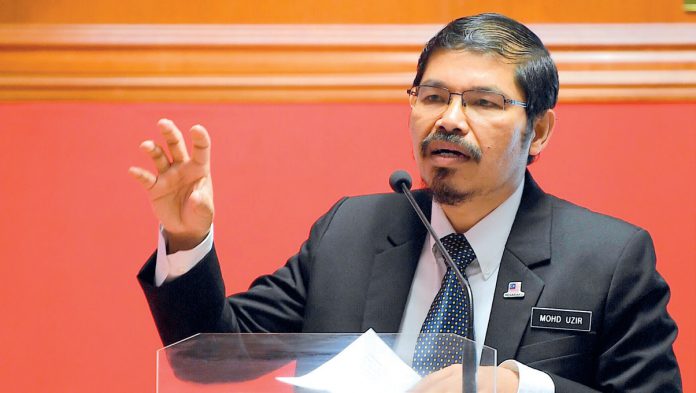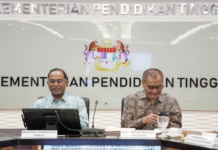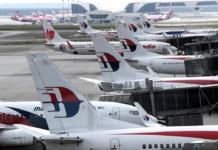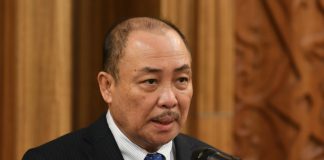PUTRAJAYA, Aug 19 — The migration rate in Malaysia has decreased by 1.5 per cent to 484,100 persons for the period of 2019-2020 compared to 524,100 persons in 2018, a survey on migration conducted by the Department of Statistics Malaysia (DOSM) in 2020 revealed.
Commenting on the survey findings in a statement today, Chief Statistician Datuk Seri Dr Mohd Uzir Mahidin said the intra-state migration in 2020 recorded a decrease of 2.4 percentage points compared as to 60.8 per cent in 2018.
Inter-state migration, on the other hand, showed an increase of 2.7 percentage points to 31.2 per cent in 2020 from 28.5 per cent in 2018.
“Composition of international migration from abroad to Malaysia recorded 10.4 per cent, declined by 0.3 percentage points from 10.7 per cent in 2018.
“For the internal migration scenario, the population of intra-state migration was higher than those population of inter-state migration,” he said.
Mohd Uzir said intra-state migration accounted for 65.2 per cent of the total internal migration while the remaining 34.8 per cent was inter-state migration.
Three states that recorded the highest percentage of intra-state migration were Sabah with 74.4 per cent, Johor (65.3 per cent) and Sarawak (60.8 per cent).
He said intra-state migration by migration flow showed that migration from urban to urban remained the highest as compared to other migration flows, which increased 6.1 percentage points to 73.0 per cent in 2020 as compared to 66.9 per cent in 2018.
“Migration from rural to urban could be indirectly attributed by development and urbanisation. Inclusive urbanisation encompassing economic and recreational activities centers drive the population to migrate to the urban areas,” he said.
Mohd Uzir said the migration trend not only involved urban to urban areas but also from urban to rural areas and two states showed a different situation with higher migration from urban to rural areas were Sabah and Kelantan.
“The current economic situation, job opportunities and health issues following the outbreak of COVID-19 as well as the closure of business operations and tourism activities also influenced the population to migrate to rural areas,” he said.
Mohd Uzir also said the government’s initiative in establishing the New Economic Development Corridor, namely the East Coast Economic Region (ECER) and Sabah Development Corridor (SDC) had been a factor in attracting people to migrate into areas that receive government investment and development plans.
He said the main reason for the population to migrate in 2020 was following family (45.3 per cent), career development (23.6 per cent) and environment (22.3 per cent).
“This has been the main reason for migration from 2016 until 2020. This showed that migration is an alternative for career development and in improving living standards,” he said.



















